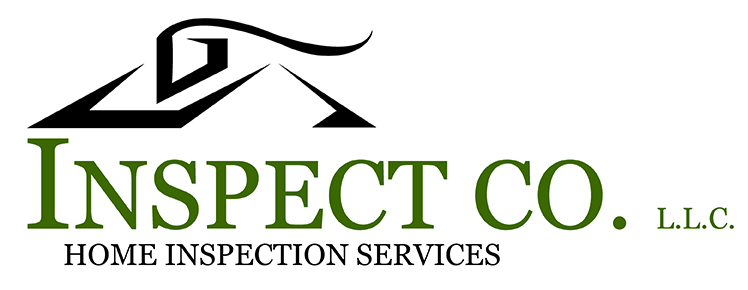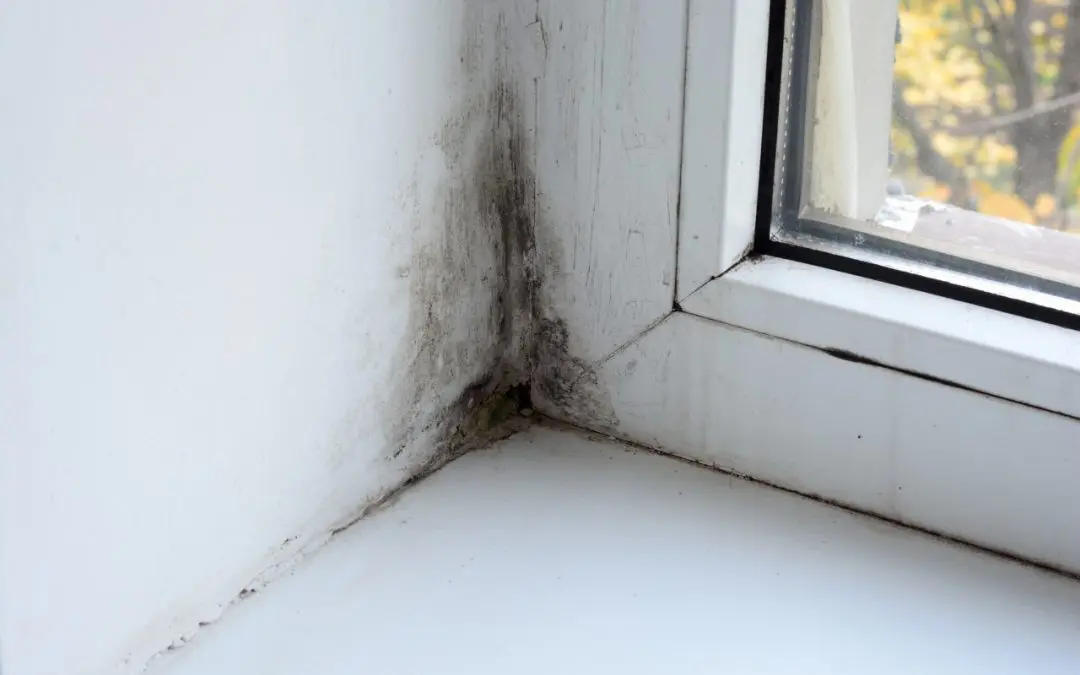Mold growth can quietly become a major problem for homeowners. From musty odors to costly structural damage, mold is not only unsightly but also poses serious health risks if left unchecked. Understanding how to prevent mold growth in the home is essential for maintaining a healthy, comfortable living environment. With a few proactive steps, you can protect your space and avoid the stress and expense of remediation down the road.
Common Causes of Mold Growth
Mold growth typically thrives in areas of the home that are damp, dark, and poorly ventilated. Bathrooms, basements, kitchens, and attics are common hotspots due to moisture and limited airflow. Even small leaks under sinks or around windows can create the perfect environment for mold to develop. It’s important to recognize these risk areas to address issues early and prevent mold from growing.
How Humidity Contributes to Mold Growth
Excess humidity is one of the leading contributors to mold growth. Mold spores are always present in the air, but when the humidity in your home rises above 60%, it creates a welcoming environment for those spores to settle and multiply. Monitoring indoor humidity with a hygrometer and using dehumidifiers in moisture-prone areas will go a long way in keeping mold at bay. Additionally, running exhaust fans during and after showers, and ensuring your dryer vents properly to the outside, can help reduce excess moisture in the air.
The Danger of Hidden Water Damage
One of the trickier aspects of mold growth is that it often begins in places homeowners can’t see. Leaky roofs, hidden plumbing issues, or improperly sealed windows can allow water to seep in and go unnoticed for weeks or even months. That’s why regular home maintenance and inspections are essential. Checking attics for roof leaks, inspecting around your foundation, and keeping gutters clean and functional can prevent hidden water damage from becoming a mold hazard.
Airflow and Ventilation: Key to Prevention
Good airflow helps keep your home dry and less hospitable to mold. Open windows when the weather allows, and use ceiling fans to circulate air in stuffy rooms. Closets and storage areas should also be kept tidy and aired out periodically, especially if they’re located against exterior walls. Ventilation not only keeps air fresh, but also significantly reduces the likelihood of mold growth, especially in humid climates or older homes with less insulation.
Cleaning Tips to Prevent Mold Growth
Regular cleaning is another critical component of preventing mold growth. Pay special attention to places that tend to get damp—showers, sinks, tile grout, and window sills. Using mold-resistant cleaning products can help discourage mold spores from forming colonies. It’s also a good idea to wash and dry items like bath mats, towels, and shower curtains frequently. In the kitchen, keep an eye on areas behind and under appliances, where spills and leaks can go unnoticed.
When to Call a Professional
If you suspect mold growth but can’t locate the source or notice persistent moisture problems that DIY efforts don’t fix, it is time to call in a professional. A certified mold inspector will assess your home, test for hidden mold, and recommend safe removal methods. In more severe cases, professional remediation might be necessary to entirely eliminate mold and prevent it from returning.
FAQs About Mold Growth in the Home
What are the health risks associated with mold?
Mold exposure may cause symptoms such as nasal congestion, throat irritation, coughing, wheezing, skin irritation, and in some cases, more severe reactions for those with asthma or mold allergies.
How do I know if I have a mold problem?
Signs of mold include visible growth (which may look fuzzy or discolored), musty odors, water stains, and peeling paint. You may also notice increased allergy symptoms when indoors.
Is mold growth covered by homeowners’ insurance?
It depends on the policy. Mold caused by sudden and accidental water damage (like a burst pipe) may be covered. However, mold due to neglect or ongoing issues typically isn’t. It’s important to check your insurance policy.
Can I remove mold myself?
For small patches (less than 10 square feet), you can often clean it yourself using mold-killing products. Be sure to wear protective gear and ensure the area is well ventilated. For larger issues or recurring problems, it’s best to hire a professional.
How long does it take for mold to grow?
Mold can begin to grow within 24 to 48 hours in the right conditions, especially if water is present. That’s why addressing leaks and moisture buildup quickly is so important.
Inspect Co. LLC offers home inspections in North and South Carolina. Contact us to request our services.

